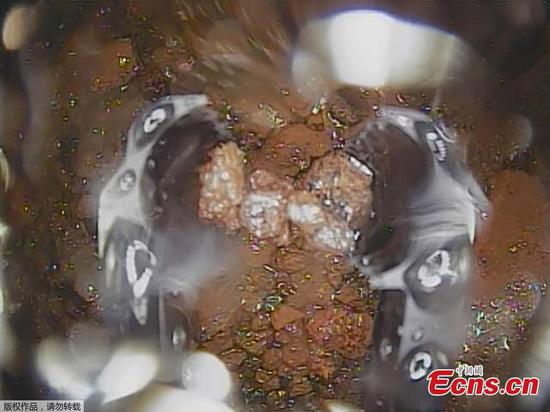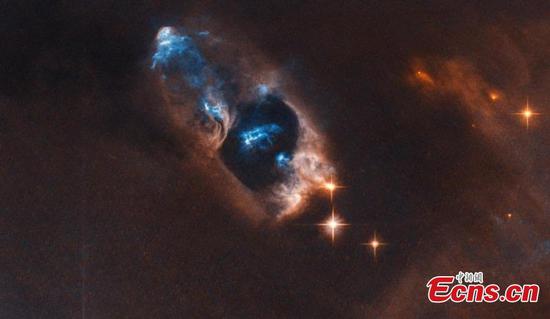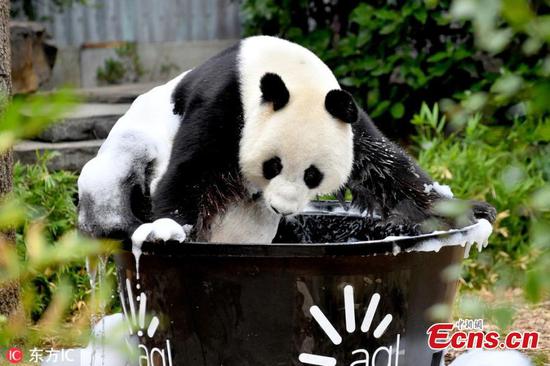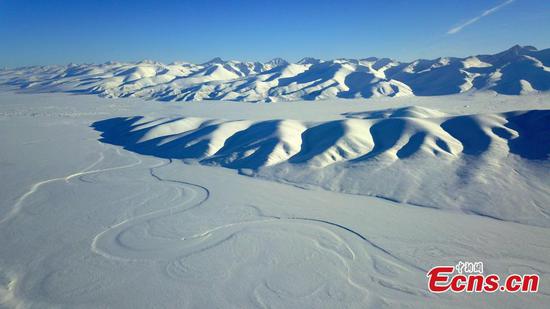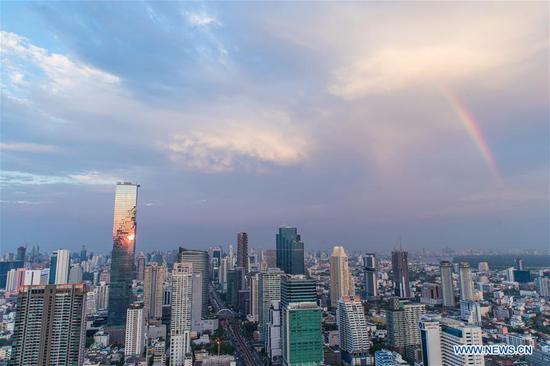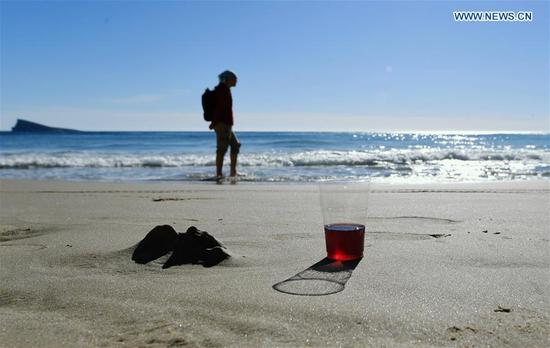The amount of water diverted through the middle route of the South-to-North Water Diversion project passed 20 billion cubic meters as of Friday, providing good-quality drinking water for more than 53 million people in the vast and thirsty northern region, route management said.
The project, connecting the northern region with the Yangtze River since December 2014, has provided a reliable water source for 53 million residents in Beijing, Tianjin, Henan and Hebei provinces, and 5 million will no longer receive high-fluorine and hard water, the Construction and Administration Bureau of the South-to-North Water Diversion Middle Route Project said on Friday.
"How much water is 20 billion cubic meters?" asked Feng Chaoshan, chief engineer of the Henan Institute of Hydraulic Research. "It is equivalent to 1,400 West Lakes."
It has also improved the water quality and environment, Feng said, adding the average water quality of the middle route has maintained its second-best level — Level II — and could reach the best level in some sections.
The South-to-North Water Diversion project is the world's largest channel, transferring water from the Yangtze River to quench thirsty regions in central and northern parts of the country via eastern, middle and western routes.
The middle route starts at the Danjiangkou Reservoir in Central China's Hubei province and runs through Henan and Hebei provinces before reaching Beijing and Tianjin.












